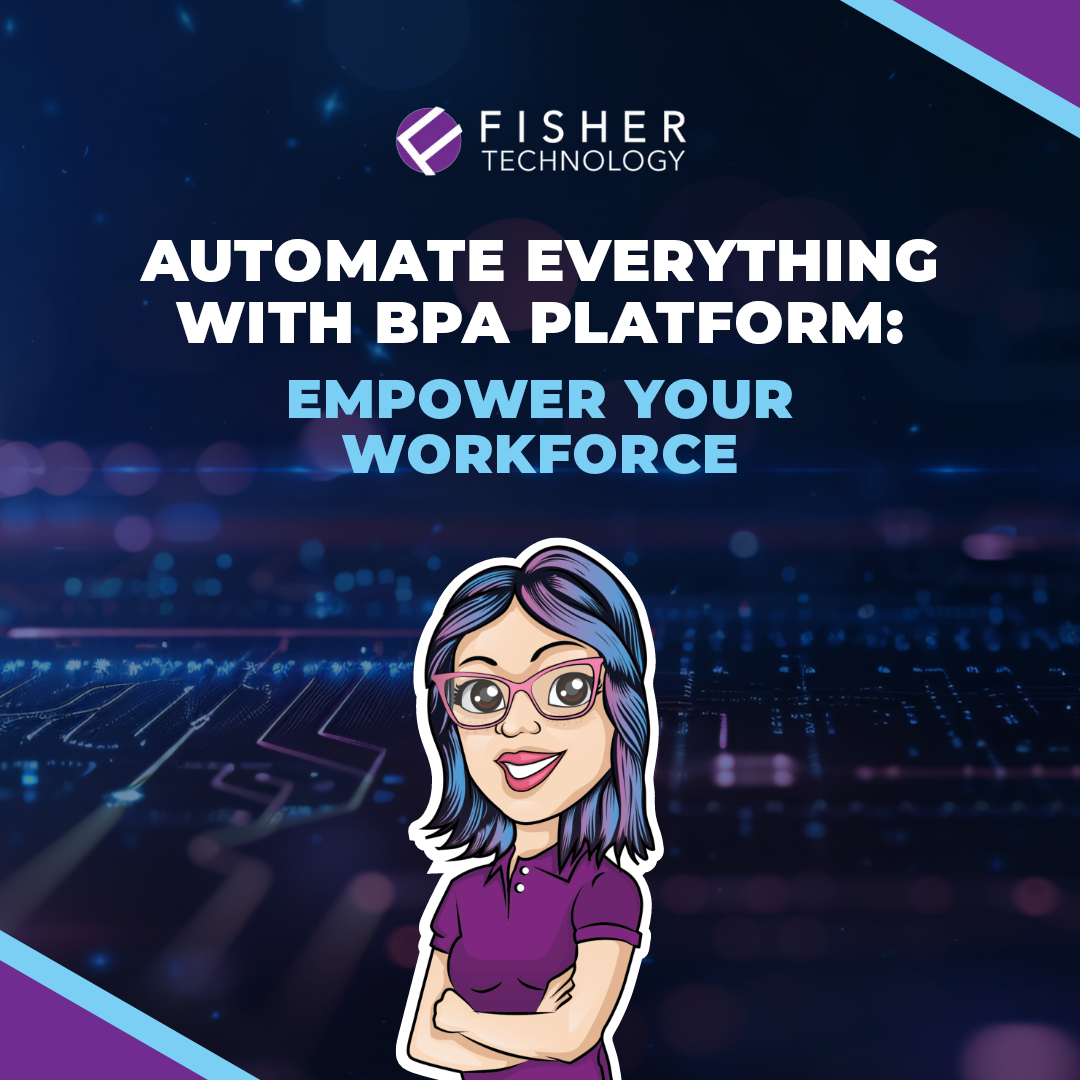Revolutionizing Business Efficiency with ERP and CRM Integration
Companies are constantly seeking tools that can streamline operations, improve customer satisfaction, and ultimately drive growth. Enter ERP (Enterprise Resource Planning) and CRM (Customer Relationship Management) systems—two powerful technologies that, when integrated effectively, can revolutionize business efficiency.
Many businesses operate with ERP and CRM systems in silos. While each system provides its unique advantages, combining them can unlock substantial benefits. This blog explores the integration of ERP and CRM systems, highlighting its importance for seamless business operations and offering practical insights on executing a successful integration strategy.
Introduction to ERP and CRM Systems
ERP and CRM systems serve distinct yet complementary purposes within an organization. An ERP system is designed to manage business operations and facilitate data flow between different departments. It handles functions like accounting, supply chain, manufacturing, and human resources, providing a central hub for company data.
On the other hand, CRM systems focus on managing and enhancing customer relationships. They are essential for tracking customer interactions, sales processes, and marketing campaigns. A well-implemented CRM system can help businesses nurture leads and convert them into loyal customers.
Despite their individual strengths, ERP and CRM systems often operate separately. This separation can lead to inefficiencies, such as duplicated data entry and missed opportunities for cross-departmental collaboration. Integrating these systems can address these challenges, offering a unified approach to business management.
The Benefits of Integrating ERP and CRM with BPA Platform
Streamlined Data Management
Integrating ERP and CRM systems creates a single source of truth for data within an organization. Instead of maintaining separate datasets, integration allows for centralized data management. This reduces the need for redundant data entry and minimizes the risk of errors.
Furthermore, streamlined data management facilitates better collaboration between teams. Sales, marketing, and customer service can access the same up-to-date information, ensuring everyone is on the same page regarding customer interactions and business processes.
Improved Customer Engagement
ERP and CRM integration empowers businesses to provide superior customer experiences. With a comprehensive view of customer data, companies can tailor their interactions to meet individual needs. This personalized approach fosters stronger customer relationships and increases satisfaction.
Additionally, integration streamlines communication between front-end and back-end operations. When a customer questions delivery times or product availability, support teams can quickly retrieve accurate information from the ERP system, providing timely and accurate responses.
Enhanced Analytics for Informed Decision Making
Integrated ERP and CRM systems offer powerful analytics capabilities. By consolidating data from various sources, businesses can gain deeper insights into their operations and customer behaviors. These insights are crucial for making informed decisions and developing effective strategies.
Advanced analytics also allows for predictive modeling and forecasting. Businesses can anticipate future demand, allocate resources efficiently, and plan for growth. This proactive approach helps organizations stay ahead of competitors and adapt to changing market conditions.
Best Practices for Successful Integration
A successful ERP and CRM integration requires careful planning and a well-defined strategy. Before embarking on the integration process, organizations should conduct a thorough assessment of their existing systems and workflows. This evaluation will identify areas that need improvement and set clear objectives for the integration.
Next, creating a detailed project plan is crucial for managing the integration process effectively. The plan should outline specific tasks, timelines, and responsibilities, providing a roadmap for the implementation team. Regular progress reviews and adjustments to the plan can help keep the project on track.
Lastly, it's essential to involve key stakeholders from different departments. Cross-functional collaboration ensures that all perspectives are considered, leading to a more comprehensive integration strategy that aligns with business goals.
Work with Fisher to Transform your Business!
The integration of ERP and CRM systems is a game-changer for businesses seeking seamless operations and enhanced customer experiences. By streamlining data management, improving customer engagement, and harnessing advanced analytics, organizations can achieve greater efficiency and competitive advantage.
If you're ready to take your business operations to the next level, consider integrating your ERP and CRM systems with BPA Platform. Fisher Technology offers expert guidance and solutions tailored to your unique needs. Reach out today to schedule a meeting with our sales team and discover the potential of seamless business integration.




